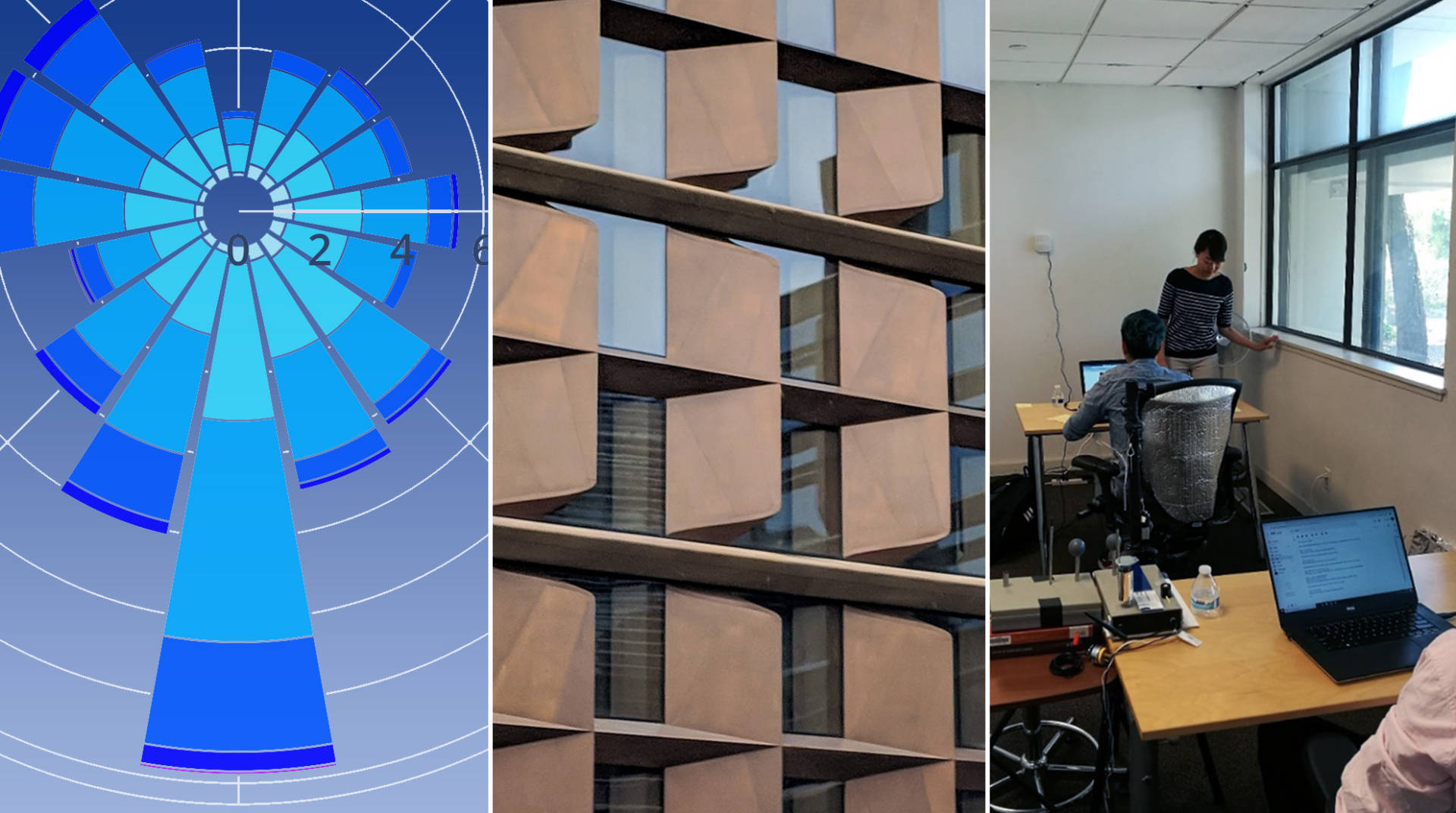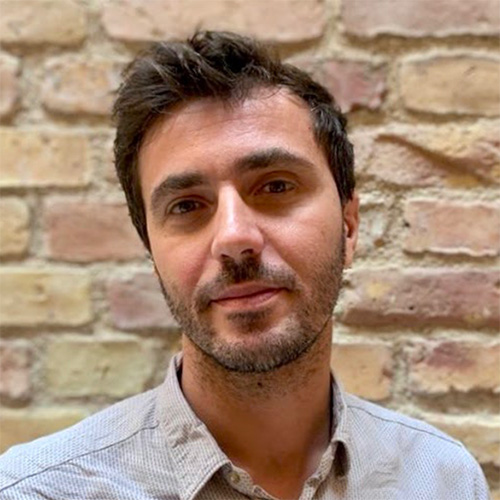
December 1, 2021 9:00 am - 11:00 am PST
The design of a commercial building facade may be one of the most complex challenges facing design professionals, as multiple and sometimes conflicting goals are brought into play: architectural expression, transparency, energy, comfort, cost and the combined effects of moisture, thermal and structural loads. However, many tools are available to help designers effectively confront these multiple requirements.
This course featured three presentations on tools, methods, research findings and case studies to inform the design of advanced and high-performance facades. Giovanni Betti discussed the interplay between the facade — an environmental barrier between the interior and the exterior — and the building systems that enable innovative and low-energy strategies. Drawing from his involvement in practice, he presented the facade of the Bloomberg European Headquarters in London by Foster+Partners, and also the exhaust cavity facade developed for the Continental Headquarter in Hannover, Germany, by HENN Architects. Next, Won Hee Ko shared her research on environmental autonomy metrics that consider the integrated effect of building performance criteria (i.e., luminous, thermal, and air quality) in creating comfortable and energy-efficient solutions. She will also present how a facade impacts occupants’ well-being and productivity, and also summarize the window design criteria that can promote its positive effects on the occupants. Finally, David Lehrer presented two case study buildings that began with similar programs and aspirations, but with different design processes led to very contrasting results.
This event was free and open to the public, and co-organized by the PG&E Pacific Energy Center and the Center for the Built Environment (CBE) at UC Berkeley.
Speakers and Presentations
-

Giovanni Betti
Assistant Professor, Dept. of Architecture, UC Berkeley
Presentation: How Deep is a Facade?
Giovanni Betti is a registered architect in Italy with over a decade of experience in international and innovative projects. His work investigates how environmental performance can be a powerful driver and form generator in architectural design. At Foster+Partners he was involved in numerous diverse projects including Masdar City, Abu Dhabi; the new Apple Campus, Cupertino; and the European Bloomberg Headquarters, London. He later founded the Performance Based Design Team at HENN, to promote computational approaches to design with a focus on environmental performance, facade design and applied research. In 2020 he joined UC Berkeley as Assistant Professor in Architectural Design for Building Performance, where he continues his explorations in reimagining a sustainable built environment, and working to inspire the next generation of practitioners.
-

Won Hee Ko, PhD
Postdoctoral Researcher, CBE, UC Berkeley
Presentation: Integrated Facade Design for High-Performance and Healthy Buildings
Won Hee Ko leads research efforts on the building envelope at CBE, where she serves as a bridge between scientific research and architectural design practice. Her dissertation at UC Berkeley focused on integrated analysis of indoor environmental quality for architectural design with an aim to improve occupant comfort, well-being and productivity. She completed a human participant lab study to assess the impact of a window view on occupants, and the development of a framework for evaluating window view quality. Currently she works on studies of view access and clarity, applying advanced technologies including virtual reality and 3D point cloud systems. Previously she performed facade and computation analysis at Buro Happold. She received her B.Arch. from Yonsei University, South Korea, and her MS in Building Science from USC.
-

David Lehrer
Communications and Research Collaborations, CBE, UC Berkeley
Presentation: How Facade Design Methods Lead to Divergent Outcomes
David Lehrer leads CBE’s communications team and university/industry research collaborations. He is a frequent speaker on building performance, sustainability and research, and has led CBE research on data visualization and high-performance facades. Prior to joining CBE, David practiced architecture in san Francisco for over a decade on a broad range of project types. David is also a specialist in resource efficient design, and has consulted, lectured and written widely. David is a licensed architect in California and holds an M. Arch. degree from UC Berkeley and a BFA from the University of Arizona.
Continuing Education
At the conclusion of this course, participants will be able to:
- Demonstrate familiarity with an analysis method for facade design which balances daylight, thermal and ventilation requirements.
- Summarize how facades impact occupants’ well-being and productivity.
- Show familiarity with window design criteria that can promote positive effects on the occupant.
- Cite several examples of buildings with high-performing facades, including a novel exhaust cavity facade system.
- Explain key facade design considerations, and how appropriate design processes can lead to successful outcomes.
Image credits: Center image by ‘The wub’ via Creative Commons BY-SA 4.0. Left and right images copyright CBE and UC Regents.
